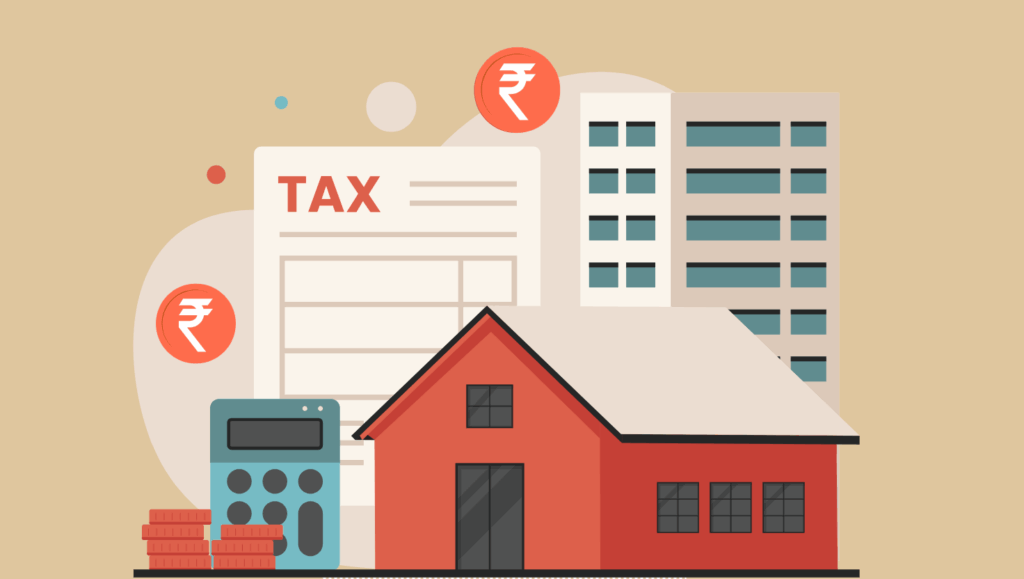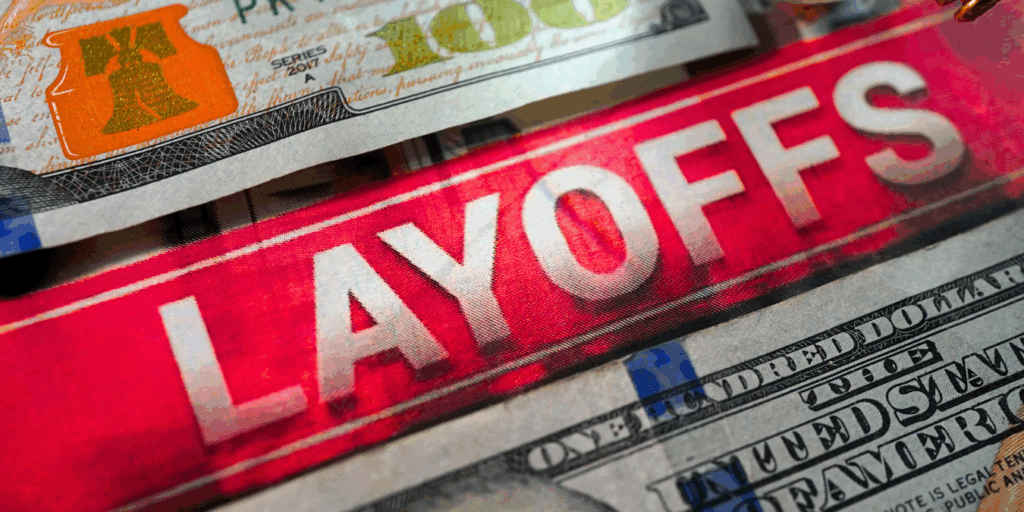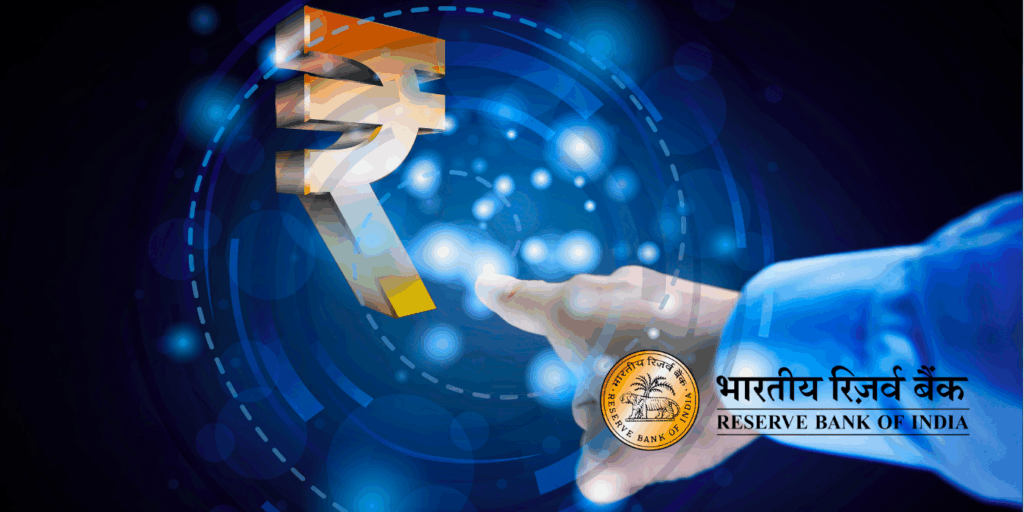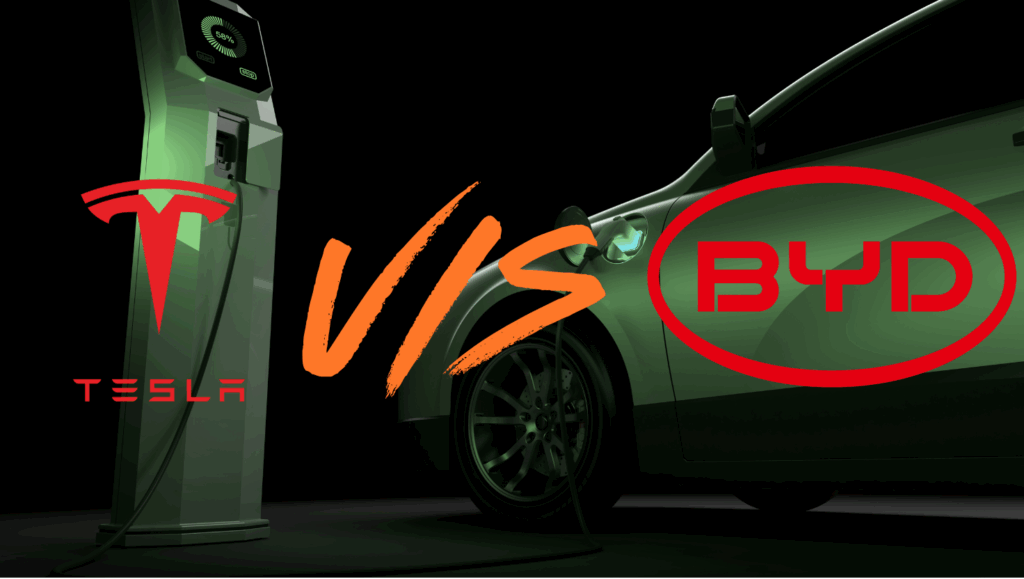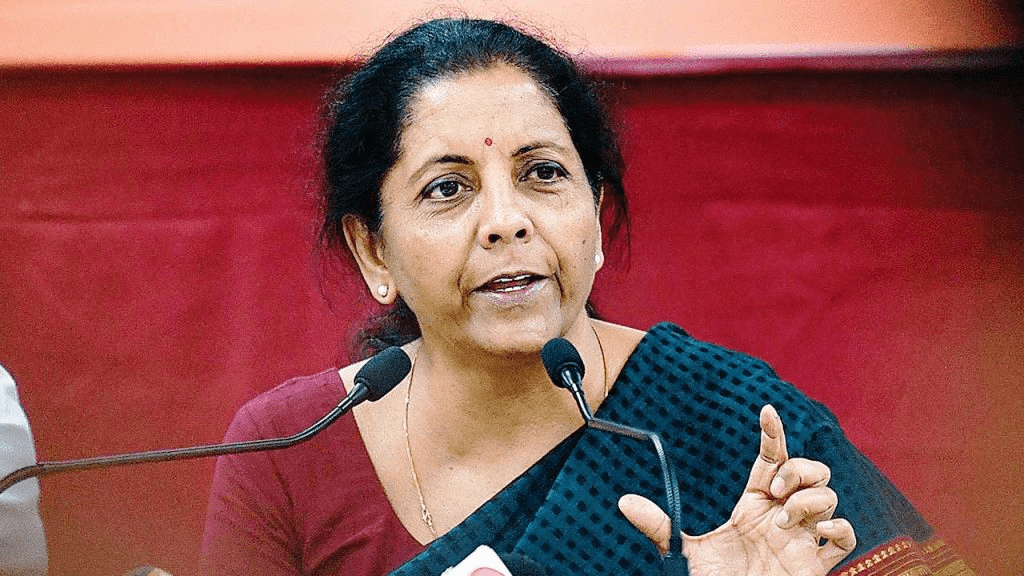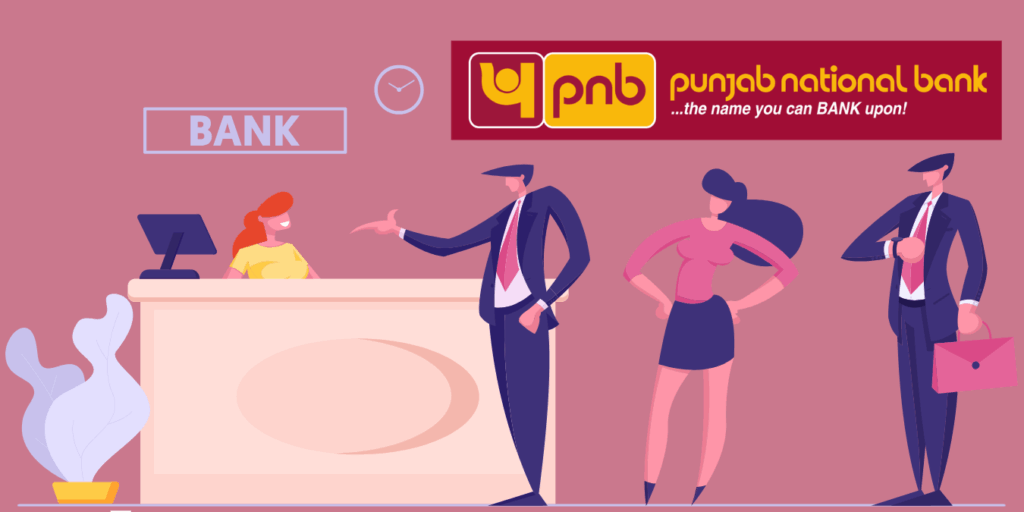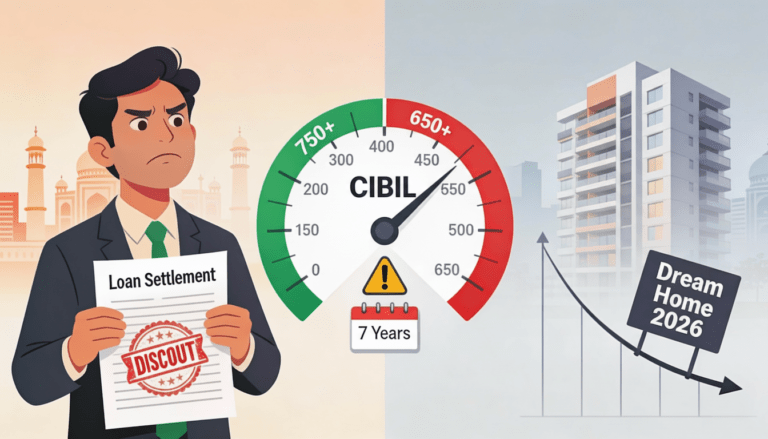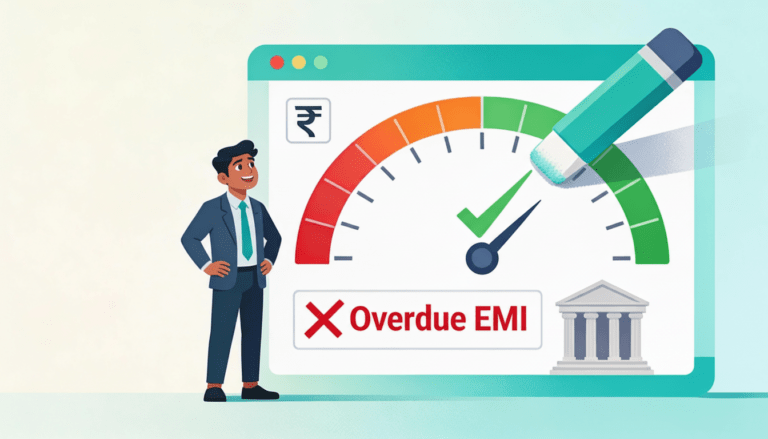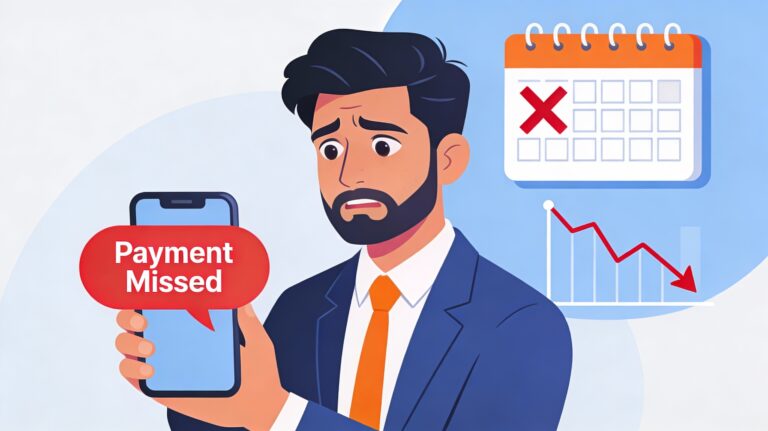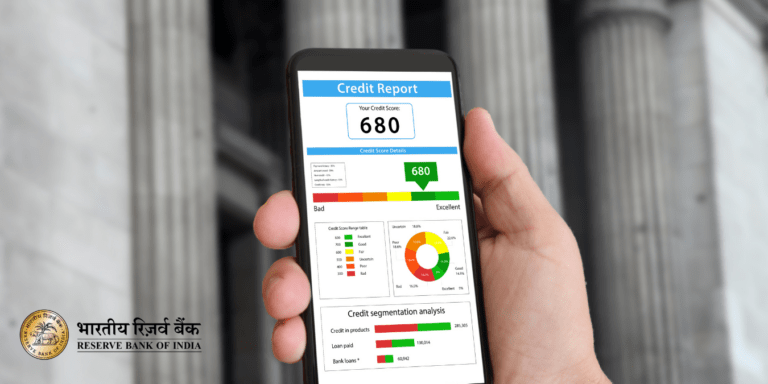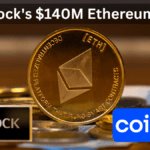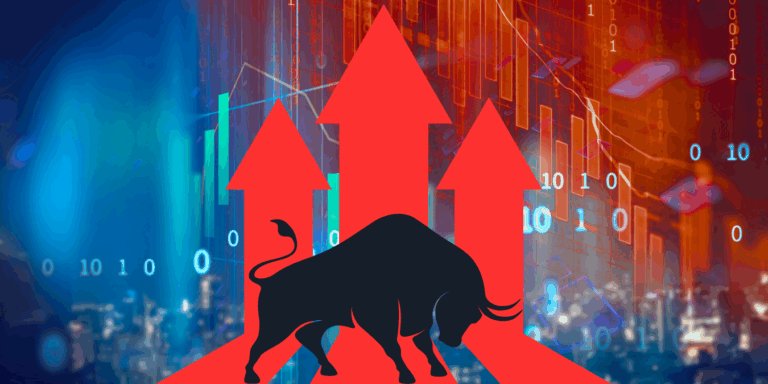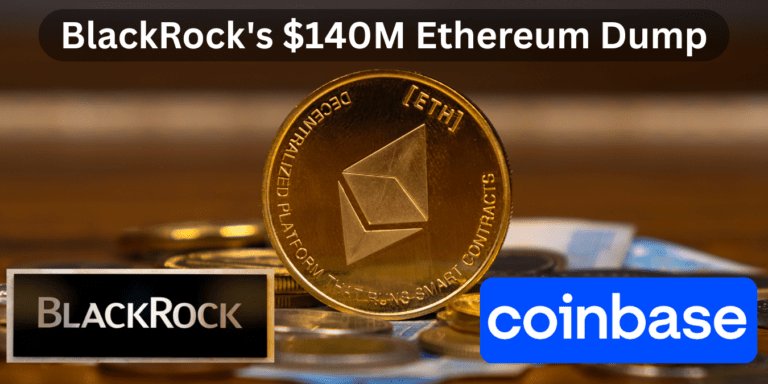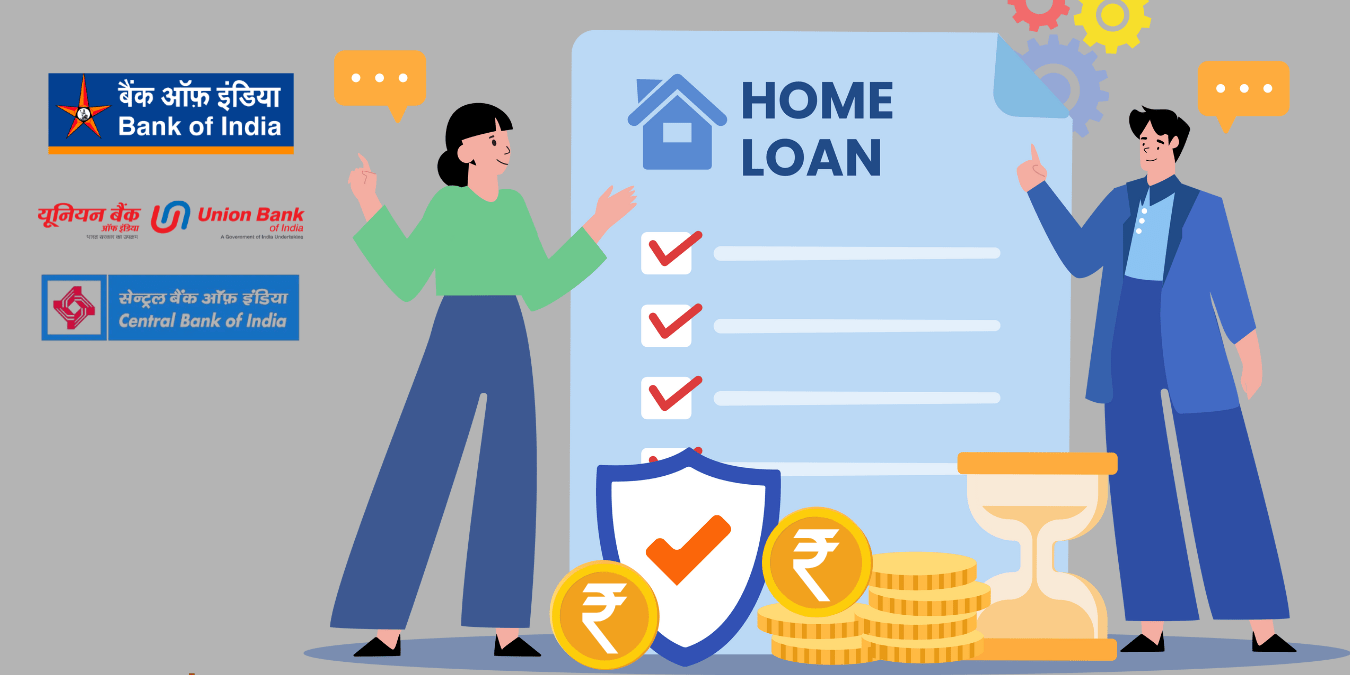
Home Loan Rate War 2025: How PSBs Are Making Housing Dreams Cheaper Than Ever
Home loan rates have crashed to an unbelievable 7.35% this October — but the festive magic might not last long. Public sector banks are battling for your home dream like never before. Is this India’s cheapest home loan era — or the calm before a surprising rate storm?
The home loan war is heating up — and this time, it’s the public sector banks that are firing the first shots. As of October 2025, home loan interest rates have plunged as low as 7.35%, marking one of the biggest rate drops in the post-pandemic era.
If you’ve been sitting on the fence about buying a home, this festival season might just be your smartest window of opportunity. With Union Bank of India, Bank of India, and Central Bank of India leading the race to attract borrowers, the Indian home loan market is witnessing a shockingly fierce rate competition unseen in years.
The question now is: How long will the low-rate window stay open — and how can savvy homebuyers take full advantage of it?
The Festive Catalyst: How October Triggered a Home Loan Rate Reset
India’s festive calendar — from Navratri to Diwali — has always been a magnet for discounts and offers. But in 2025, banks have gone beyond gifting cashback or waiving processing fees.
They’ve quietly revised the most important pillar of your loan pricing — the MCLR (Marginal Cost of Funds-Based Lending Rate).
This move, rolled out in early October, has effectively reset home loan affordability across the sector.
What’s Driving This Rate Drop?
- RBI’s steady rate stance: With the Reserve Bank of India maintaining repo rates at 6.25% for three consecutive reviews, banks are now confident enough to trim their internal lending benchmarks.
- Public sector competition: PSU banks are under pressure to grab retail market share lost to private lenders and NBFCs over the last two years.
- Festival-driven demand spike: Every October, home loan disbursals rise by 18–25% as buyers time registrations for shubh muhurats — banks are using the timing strategically.
- Digital lending push: Streamlined digital loan journeys mean lower costs, giving banks room to pass on interest savings to customers.
Who’s Leading the Low-Rate Race?
Let’s take a closer look at how India’s major public sector banks (PSBs) are reshaping the home loan landscape:
Union Bank of India – The Smart Mover
Union Bank stunned the market with a 7.35% starting rate — currently among the lowest across PSBs.
- Waived processing fees for festive applications.
- Offering extra discounts for women applicants.
- Rolling out instant in-principle approvals within 60 minutes via their mobile app.
This agile digital approach, backed by human touch, is turning Union Bank into a hidden favorite among first-time buyers.
Bank of India – The Festival Specialist
BOI followed with rates starting at 7.40%, positioning itself as a middle path — slightly higher rate but bundled offers like:
- Full processing fee waiver till November 15.
- Top-up loan for interiors or furniture at 7.55%.
- 100% online loan tracking dashboard.
This smart bundling is designed to capture aspirational middle-class customers upgrading from their first homes.
Central Bank of India – The Comeback Player
Central Bank’s 7.45% headline rate may not grab as much attention, but their “Home Plus” package does.
It offers:
- Free property insurance for one year.
- Concession for government and defense employees.
- Zero penalty for part prepayments.
This shows PSBs are no longer lagging behind private peers in innovation — they’re simply doing it with an Indian heart.
Are Private Banks Falling Behind?
Private lenders like HDFC Bank and ICICI Bank are still quoting in the 7.60%–7.90% range, while SBI hovers close to 7.40% for top credit profiles.
The rate gap might look small, but over a 20-year loan, even a 0.25% difference can mean ₹2.5–3 lakh in total interest savings.
That’s why this new PSB rate wave feels like a wake-up call to the entire industry.
MCLR: The Hidden Factor Behind Every Rate Cut
Most borrowers look at the final interest rate but rarely check the MCLR, the benchmark that determines it.
When a bank lowers its MCLR — say from 8.50% to 8.25% — all loans linked to that benchmark become cheaper after your next reset date.
Why MCLR Matters Right Now:
- It signals internal cost efficiency, not just short-term promotions.
- It benefits existing borrowers, not only new ones.
- It mirrors the funding optimism in the banking system — a sign of financial health.
So, if you already have a home loan, watch your bank’s upcoming MCLR revision notices carefully. You might notice your EMI quietly shrinking in the next cycle.
Smart Borrowing Strategy: How to Lock the Best Rate Before It’s Gone
With 7.35% rates flashing all over social media and Google searches, the temptation is high to jump at the first offer. But the experts know — timing and credit discipline make all the difference.
Here’s a quick strategy to secure the lowest effective rate:
- Check your credit score – Anything above 750 can unlock an additional 0.10% discount.
- Compare fixed vs. floating rates – While floating rates are at a record low, they can rise quickly once RBI changes stance. Hybrid plans might offer flexibility.
- Negotiate your spread – Don’t accept the advertised rate blindly. Your risk premium (spread over MCLR) can be negotiated down by 0.05–0.15%.
- Apply during bank-specific festive campaigns – Union Bank’s “Ghar Ki Diwali” or BOI’s “Festival of Homes” schemes often end mid-November.
- Watch processing costs and insurance bundling – Don’t fall for “0% processing” if it’s tied to mandatory products.
RBI’s Influence: The Calm Before a Future Storm?
Although RBI hasn’t changed the repo rate since early 2025, it’s closely watching inflation — now hovering around 4.5%, well within the comfort band.
Banks anticipate that if inflation remains subdued through December, another wave of marginal MCLR cuts could arrive by January 2026.
However, if global oil prices spike or domestic borrowing costs rise post-festive liquidity drain, this rate bottom might quickly reverse.
That’s what makes October–November 2025 a potentially “last chance” season for locking ultra-low home loan deals.
Hidden Benefits: Why Falling Home Loan Rates Boost More Than Just EMI
Lower home loan rates ripple through the economy far beyond real estate.
- Developers get momentum: Projects stuck in mid-segment housing find buyers again.
- Cement and steel demand recovers, offering a mini stimulus to allied industries.
- Digital lending and fintech home loan platforms attract new customers due to transparency and instant eligibility checks.
- Rented families move toward ownership, accelerating India’s housing penetration goals under PMAY 2.0.
In short, a simple 7.35% rate tag fuels aspirational growth across entire urban ecosystems.
How This Impacts Tier-2 and Tier-3 Cities
Interestingly, smaller cities are benefiting even more than metros.
According to CRIF High Mark data (September 2025):
- Home loan disbursals in Tier-2 towns surged 28% YoY.
- Average ticket size: ₹29 lakh.
- Share of women borrowers grew by 14%.
Banks like Union Bank and BOI are focusing branch-level offers on Lucknow, Surat, Patna, and Coimbatore, where demand for affordable housing is exploding.
This democratization of finance — bringing sub-8% home loans to non-metro Indians — could redefine India’s housing story for the decade.
The Psychological Factor: Rate Anchoring and Buyer Sentiment
Humans don’t just respond to numbers; they respond to emotionally charged thresholds.
When home loans were 8%+, buyers hesitated. Now, at 7.35%, psychological comfort kicks in — it feels like a once-in-a-lifetime bargain.
This “anchoring effect” has turned otherwise cautious urban millennials into confident property investors. For many, the EMI today feels lighter than a luxury car payment.
Could AI and Data Analytics Make Rates Even Lower?
Here’s where things get futuristic.
Public sector banks are increasingly using AI-driven credit scoring and predictive analytics to customize risk-based pricing.
Instead of flat slabs, borrowers with strong repayment patterns, salary stability, or digital footprints could soon receive “smart” rate offers 0.10–0.20% below base MCLR.
This quiet digital transformation is helping PSBs not only undercut private competitors but rebrand themselves as tech-savvy, trustworthy lenders for the next generation.
Key Insights Shaping the 2025 Home Loan Race
- Lowest Rate: Union Bank of India – 7.35%
- Average PSU Loan Rate Band: 7.35%–7.45%
- Average Private Bank Rate Band: 7.60%–7.90%
- Festive Validity: Most offers valid till mid-November 2025
- Best Borrower Incentives: Women homeowners, salaried applicants, digital applicants
- Future Trendwatch: AI-led differential pricing, repo-linked cuts, and hybrid rate products.
Quick Recap: Borrower’s Smart Checklist
- Check MCLR revision announcements before applying.
- Maintain credit score ≥ 750 for best bracket.
- Compare female borrower discounts and festive cashbacks.
- Avoid forced insurance bundling during low-rate ads.
- Refinance if your loan is above 7.70% — savings are real and significant.
- Use official bank calculators to confirm total interest cost before switching.
Final Thought
India’s home loan competition has entered a turning point — with rates plunging to 7.35%, public sector banks are quietly reshaping how Indians buy homes. Union Bank, Bank of India, and Central Bank are leading a festive season revolution that’s putting long-delayed dreams within reach. But behind the excitement lies a ticking clock. As RBI holds rates steady and inflation sits low, this golden window might be short-lived. Once liquidity tightens after Diwali, rates could edge upward again, closing the most affordable phase of the decade. For aspiring homeowners and smart investors alike, October–November 2025 stands as a rare ‘now or never’ moment. The question every Indian buyer must ask is simple — will you seize this rate wave while it lasts or watch it disappear as the next big surge begins?
Disclaimer: The use of any third-party business logos in this content is for informational purposes only and does not imply endorsement or affiliation. All logos are the property of their respective owners, and their use complies with fair use guidelines. For official information, refer to the respective company’s website.




